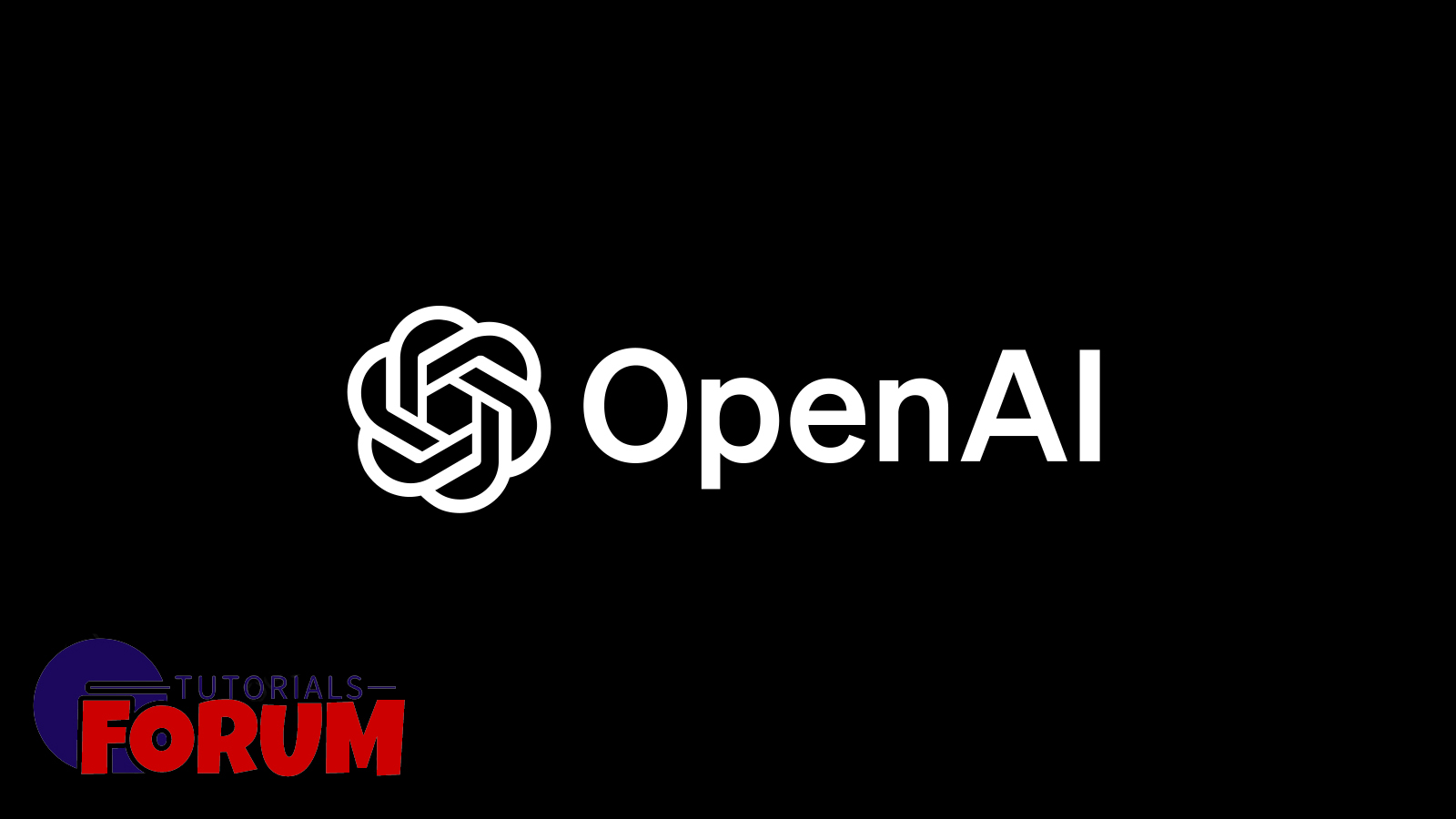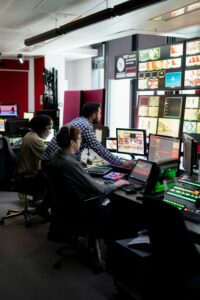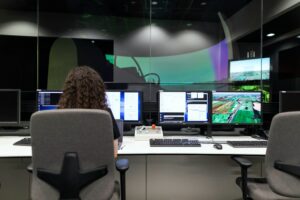OpenAI’s DALL-E 3 – Revolutionizing Text-to-Image Generation with ChatGPT Collaboration


OpenAI has just come up with an enhanced version of its text-to-image tool known as DALL-E. This tool has now joined hands with ChatGPT which is the most popular chatbot of OpenAI. It will make the image generation process easily from the text prompts. Today the AI tools can take the descriptions of the images known as prompts and turn them into different styles of artwork from realistic to fantastic. Coming up with a right prompt is not a piece of cake and many people have turned it into profession known as ‘prompt engineering’.
OpenAI’s new DALL-E 3 has now teamed up with ChatGPT. People who have subscribed to OpenAI’s premium ChatGPT plans like ChatGPT Plus and ChatGPT Enterprise can request an image and refine it through conversations with chatbot. ChatGPT can easily take brief prompt and then make it more detailed giving better guidance to DALL-E 3 model. The new model of DALL-E 3 can easily produce high quality images that matches the prompts closely, especially with longer prompts.
In DALL-E 3, the goal is to increase safety while minimizing algorithmic bias. For instance, it denies requests for pictures in the likeness of active artists or famous people. Additionally, artists can now opt out of having their works used to train upcoming OpenAI text-to-image models. This action aims to respond to a lawsuit wherein OpenAI and some other businesses are charged with using artists’ copyrighted works to train their AI image models.
The launch of DALL-E 3 coincides with increased competition in generative AI, particularly in the area of image generation. OpenAI is under pressure to keep up with other businesses like Midjourney and Stability AI, which are constantly enhancing their image-generating models. In October, premium ChatGPT users will be able to access DALL-E 3, and then research labs and API users will be able to as well. The release of a free web tool, as they did with DALL-E 2 and the first DALL-E model, has not been mentioned, nor has it been indicated when it will occur.







